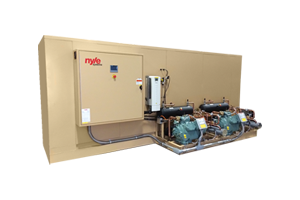

The best drying method depends on your production goals. Dehumidification kilns offer exceptional quality, energy savings, and long-term cost benefits, making them ideal for specialty lumber and sustainable operations. Conventional kilns, however, excel in high-volume environments where speed is critical. Carefully evaluate your needs to choose the system that’s right for you.